Results: Some of the coolest and most surreal natural phenomenon's on Earth
Published on 07/24/2016
"Natural Phenomenon's"
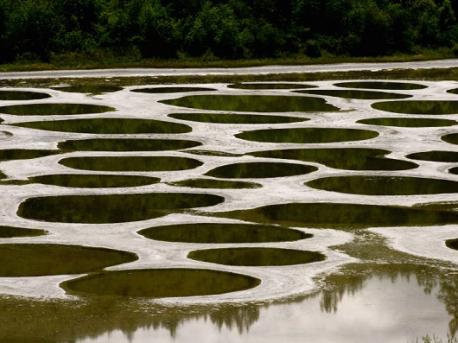
QUESTIONS
GO to COMMENTS
Comments
1.
1.
Spotted Lake: Canada's Spotted Lake is famous for its summer style, which is heavy on the polka dots. That's because the lake's water actually evaporates every summer. It leaves behind large spots, colorful deposits of a dozen minerals. Further proof Spotted Lake is out of this world: Scientists are using it as a model for how ancient Martian lakes may have worked. Have you ever visited Canada to see the spotted lake?

Yes
6%
78 votes
No
80%
1137 votes
Undecided
2%
34 votes
Not Applicable
12%
167 votes
2.
2.
Rainbow Eucalyptus: Hailing from the Philippines and Indonesia, the rainbow eucalyptus, also known as the rainbow gum, is probably the most colorful tree on Earth. Its striped look is caused by bark turning colors and peeling away as it ages. The youngest bark is bright green because it contains chlorophyll (usually found in leaves), then turns first purple then red then brown as it gets older, loses chlorophyll, and picks up tannins (also found in wine). In an ironic twist, huge amounts of rainbow eucalyptus wood pulp is turned into white paper every year. Would you like to see the rainbow eucalyptus tree in the Philippines or Indonesia?
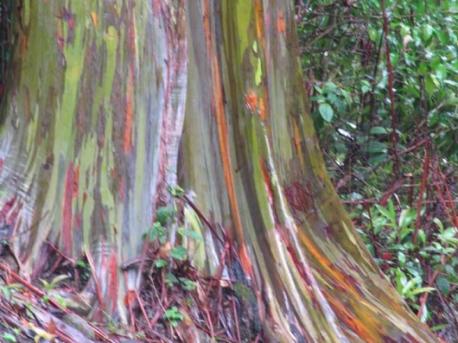
Yes
49%
693 votes
No
29%
409 votes
Undecided
11%
156 votes
Not Applicable
11%
158 votes
3.
3.
Penitentes: These ice spikes, called penitentes, form in high altitudes, where sunlight turns ice directly into water vapor, rather than melting it to water. Sun beams vaporize small dimples in the snow's surface. Then, the uneven surface directs sun into the dips and away from the peaks, exacerbating the trend. Penitentes can grow as tall as 15 feet. Are you surprised that these ice spikes can grow as tall as 15 feet?
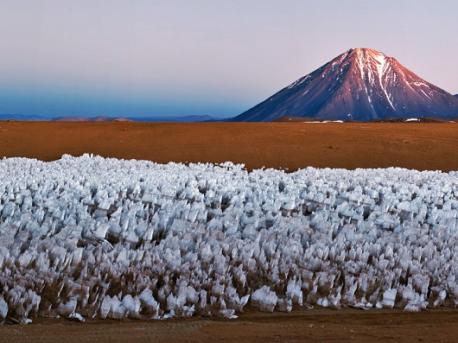
Yes
53%
750 votes
No
28%
392 votes
Undecided
8%
113 votes
Not Applicable
11%
161 votes
4.
4.
Nacreous Clouds: Usually spotted only near the poles, nacreous clouds form very high in the atmosphere (twice as high as commercial airplanes fly), where the air is particularly cold and dry. The colorful shine actually comes from the setting sun being lower in the sky than the clouds, so they reflect sunbeams back toward Earth. Unfortunately, while they're beautiful, nacreous clouds also destroy ozone, the compound that protects us from the sun's most dangerous rays. Were you aware that the nacreous clouds could destroy the ozone?
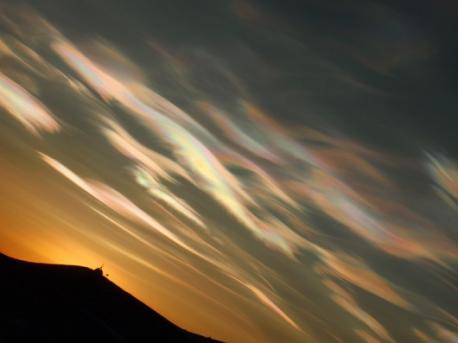
Yes
9%
121 votes
No
73%
1040 votes
Undecided
6%
88 votes
Not Applicable
12%
167 votes
5.
5.
Blood Falls: Blood Falls, in one of the driest regions of Antarctica, is fed by an underground lake. It's full of bacteria scientists want to study because they fuel themselves with sulfates, instead of sugars like we do. The water has so much iron in it that it literally rusts when it meets air, giving the waterfall its trademark color. Have you ever seen the blood falls in Antarctica?
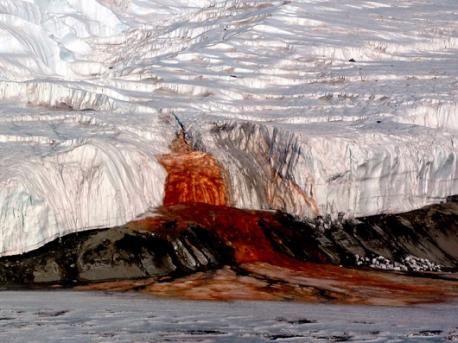
Yes
6%
85 votes
No
78%
1102 votes
Undecided
5%
68 votes
Not Applicable
11%
161 votes
6.
6.
Clonal Tree Groves: That looks like a forest, right? All those trees you could walk between? Wrong. It's all one tree. Underneath the soil, a dense network of roots connects all the shoots that look like 47,000 trees from above. Called the quaking aspen for its fluttery leaves, it usually grows into groves of identical clones, although it can reproduce sexually on special occasions. This grove, nicknamed Pando, is one of the oldest and largest organisms in the world, although the original stem is long dead by now. Does this surprise you that the clonal is just one individual tree?
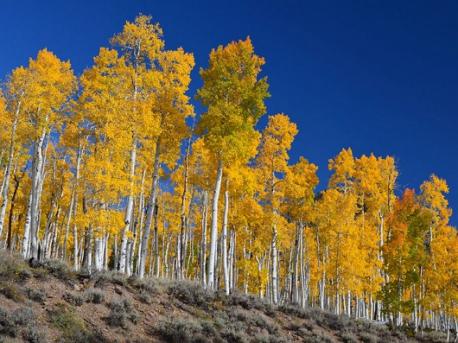
Yes
60%
844 votes
No
22%
307 votes
Undecided
6%
92 votes
Not Applicable
12%
173 votes
COMMENTS


